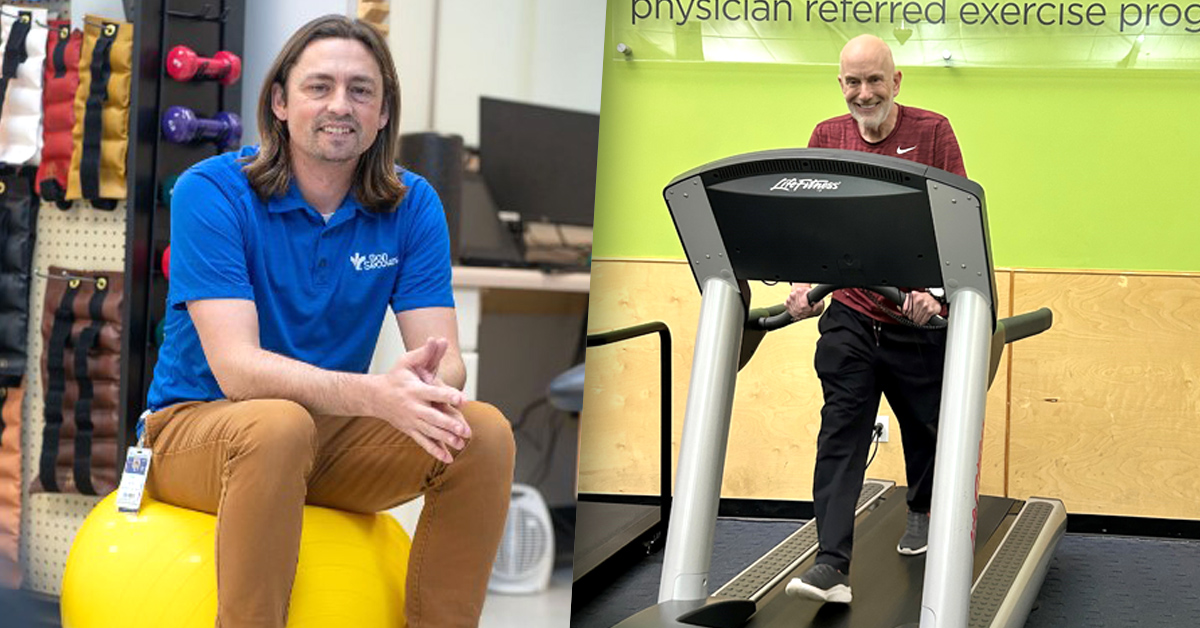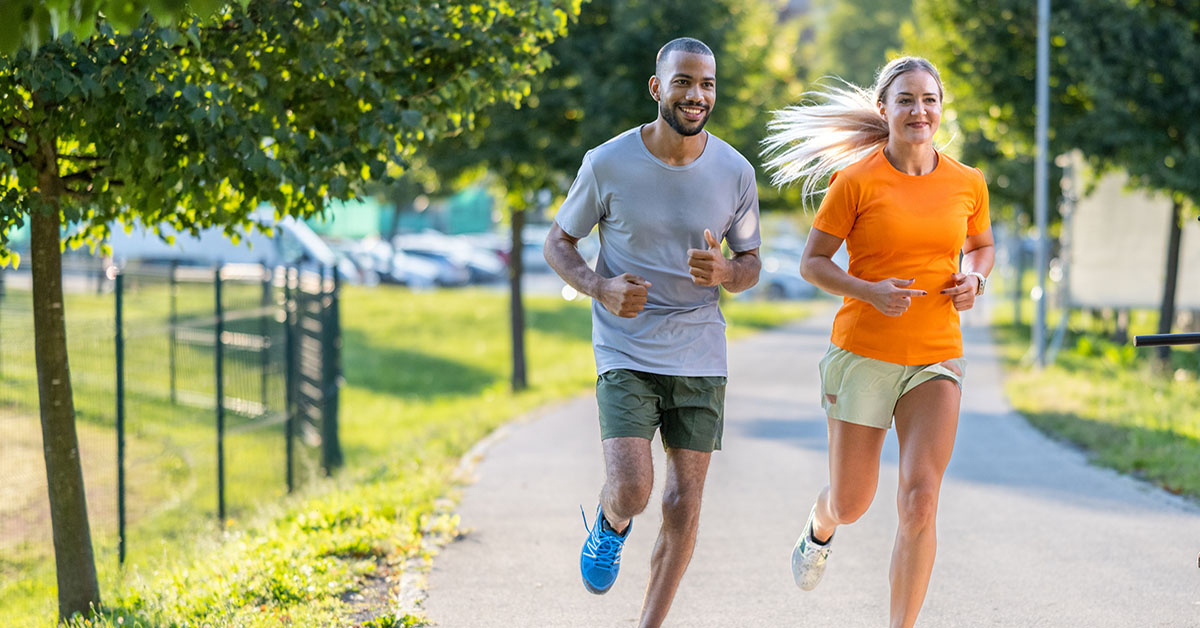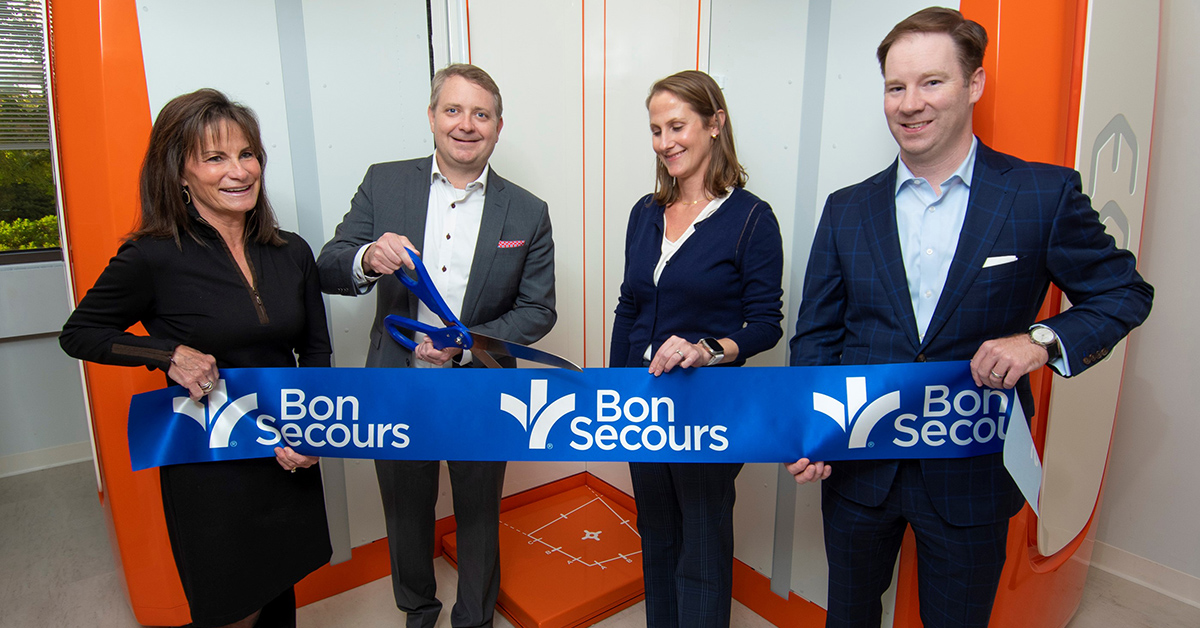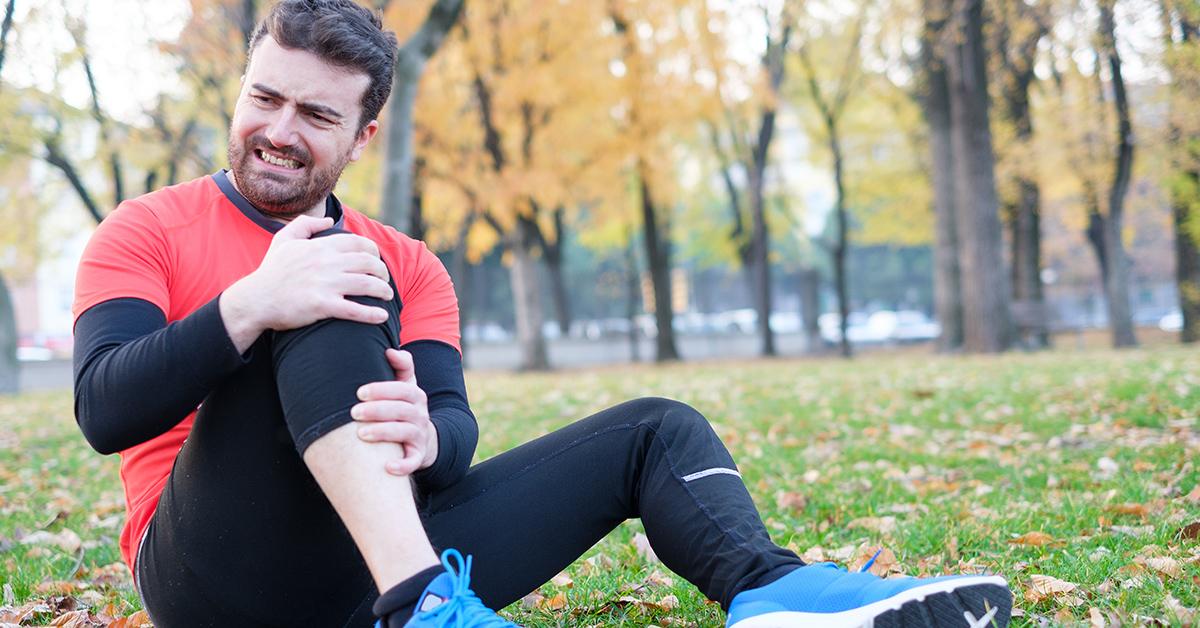
A concussion is a type of traumatic brain injury caused by a bump, blow or jolt to the head. The result of this impact causes the brain to rapidly move back and forth.
Among adolescents who play sports, concussion is one of the most common injuries. For male athletes, the sports most often linked to concussions are American football, ice hockey and lacrosse. And for female athletes, the sports most often linked to concussions are soccer, lacrosse and field hockey.
However, no matter the sport, it’s imperative coaches, spectators and parents are informed about concussions to keep athletes healthy. Rowena Rivera, MD, (pictured first) and Nicole A. Smith, CNP, (pictured second) both in the medical field of pediatric neurology, were eager to share their knowledge about concussions to help keep young athletes safe.
Recognizing a concussion
First and foremost, it is important to know how to identify a concussion.
Symptoms occurring minutes or hours after a concussion:

- Memory loss
- Confusion
- Headache
- Dizziness or trouble with balance
- Nausea or vomiting
- Feeling sleepy
- Acting cranky, strangely, or out of sorts
- Passing out (not common)
Symptoms occurring hours to days after a concussion:
- Trouble walking or talking
- Memory problems or problems paying attention
- Trouble sleeping
- Mood or behavior changes
- Vision changes
- Sensitivity to light and sound
Symptoms that need urgent medical attention:
- Child vomits repeatedly
- Child has a severe or worsening headache
- Child has a seizure
- Child feels weak or numb in any part of the body
- Child loses bladder or bowel control
- You cannot wake up your child
If it appears an athlete has a concussion, they should be immediately pulled from the game and examined carefully. Also, a potential concussion should also be evaluated by a health care provider right away. This evaluation will include discussion of symptoms and further testing, if needed.
Treating a concussion
It typically takes two to four weeks for young athletes to fully recover from a concussion. However, each concussion is unique in terms of treatment and healing.
First, have your child stay home from school and physically rest for 24 to 48 hours right after their injury. Cognitive rest, or mental rest, is just as important, too. This means taking a break from reading, playing video games as well as using a smartphone, tablet or computer. If your child is struggling with any post-concussion symptoms, such as headaches, nausea or trouble sleeping, consult with their pediatrician for help.
After this time of rest, kids can slowly ease back into their regular activities and routines, as long as their concussion symptoms do not get worse. And most importantly, children should not return to participating in contact sports until they are cleared to do so by a medical professional. This is because having a second concussion while recovering from an initial one can cause serious damage to the brain.
Bottom line, it is important to not rush concussion recovery. Your child’s brain needs time to heal completely after this injury.
Learn more about the pediatric neurology and sports medicine services we offer at Bon Secours.





